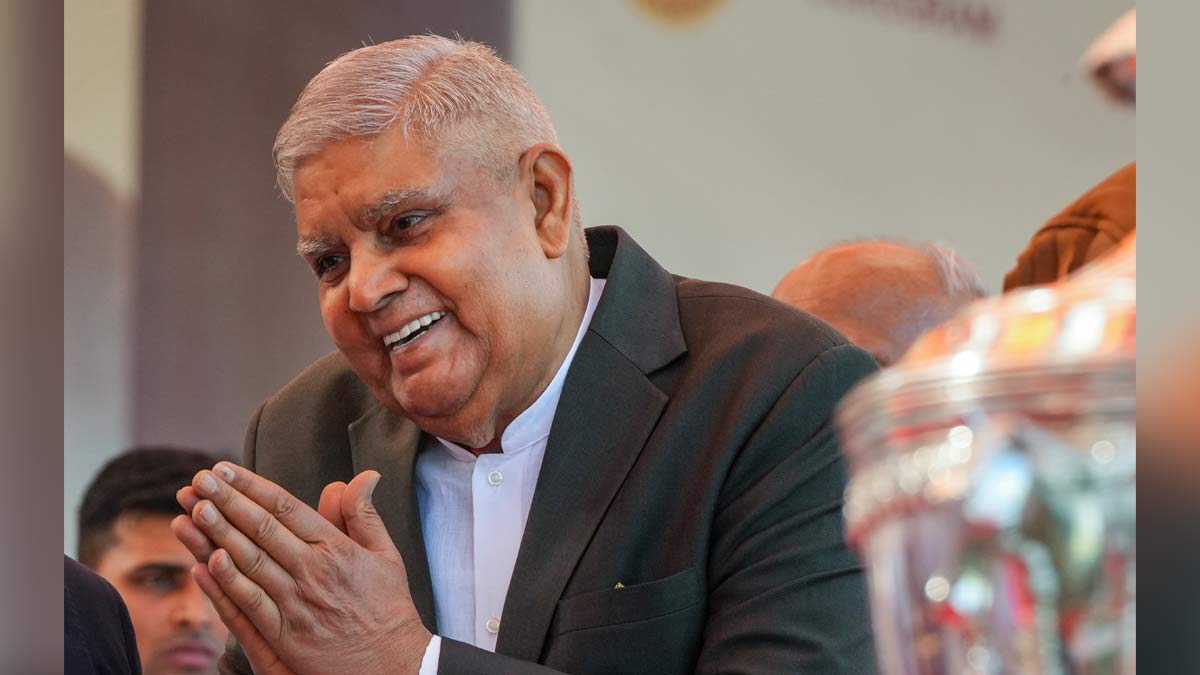Explained: How India elects its vice president and what happens if V-P resigns mid-term
 Jagdeep Dhankhar | PTI
Jagdeep Dhankhar | PTI
The surprise resignation of Vice President Jagdeep Dhankhar on the first day of the monsoon session of parliament has caught the political parties, both in the opposition and in the ruling front, off guard.
Dhankhar, 74, sent his resignation to President Droupadi Murmu on Monday evening citing medical reasons. He assumed office in August 2022, and his tenure was till 2027.
Dhankhar is only the third vice president in the history of India to resign before completing his term, after V.V. Giri and R. Venkataraman.
As the country’s second-highest constitutional post falls vacant, here is a quick look at how India elects its vice president and what happens if the vice president resigns mid-term.
The vice president is elected by an electoral college consisting members of both houses of parliament (both elected and nominated members).
The election will be held in accordance with the system of proportional representation using single transferable vote, and the voting at such election will be held by secret ballot.
As per Article 324 of the Constitution, the Election Commission of India is the authority to conduct elections to the post of the vice president.
The commission can issue the calling of an election on or after the 60th day before the expiry of the term of office of the outgoing vice president.
Under the Presidential and Vice-Presidential Elections Act, 1952, the election schedule should be so fixed that the “vice president-elect is able to enter upon the office on the day following the expiry of the term of the outgoing vice president”.
The ECI usually appoints the secretary-general of either house of the parliament in rotation as the returning officer. The RO then invites nominations of candidates.
A candidate needs to be nominated by at least 20 MPs as proposers and at least 20 MPs as seconders to stand for the election.
After the vote counting, the RO reports the results to the central government and the election commission. Thereafter, the government publishes his or her name in the official gazette.
The term of the office of the vice president is five years.
What happens if V-P resigns mid-term
In case of the death, removal or resignation of the vice president, the deputy chairman of Rajya Sabha—currently Harivansh Narayan Singh—will perform his function until a fresh election is held.
The Constitution does not specify any deadline to conduct a fresh election in case the vice president’s post falls vacant.
The new vice president will serve a full five-year term from the date of assuming office, unlike the prime minister or the chief ministers, who can serve only the remaining term of the current Lok Sabha or state assemblies.
India